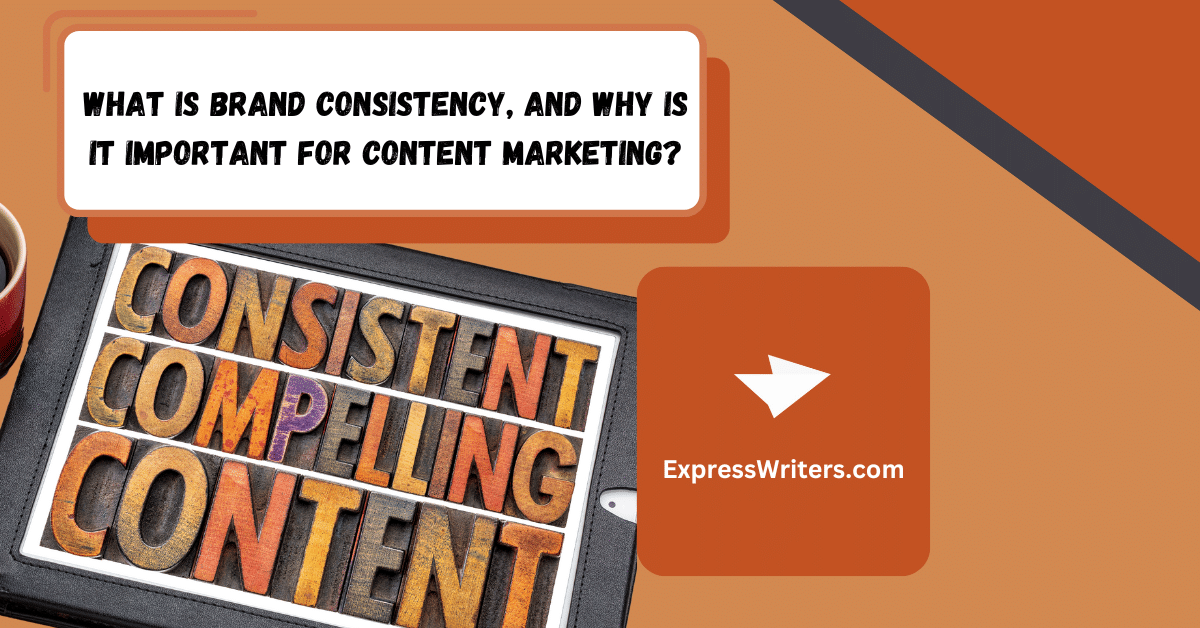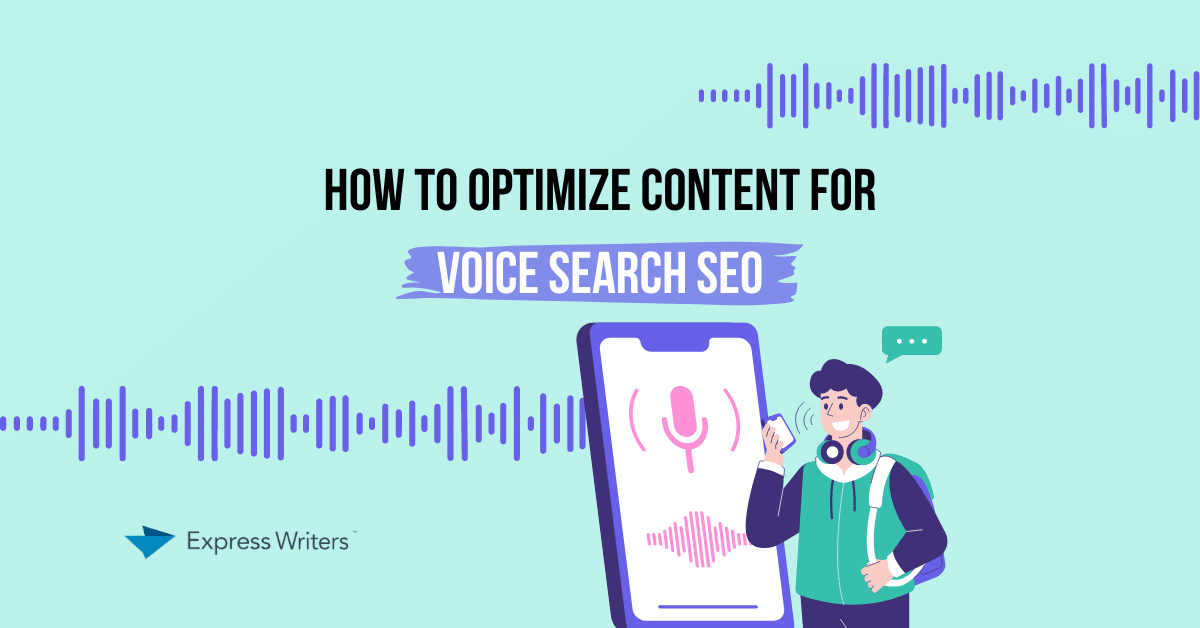
Blogging is only half the battle. Promoting it is the other half. While blog posts are valuable for...

Blogging is only half the battle. Promoting it is the other half. While blog posts are valuable for...

You probably know how essential keywords are to your website traffic. Keywords help search engines crawl your website...

You’ve planned and prepared and put in the work on your unique product. You’re aligned with customer needs....

There is a very high chance you are reading these posts on your smartphone. Smartphone usage is increasing,...

When you go grocery shopping, you select specific brands and items because you know what they taste like...

Do you own or operate a medical practice with an online presence? A medical writer can help you...

Imagine your brand’s content so vivid that readers can feel the silica-white sand of Tulum Beach between their...

Everyone who spends much time around words develops pet peeves around specific misused phrases. One of my pet...

When making a sales pitch, you want to sound eager but not desperate, but you also don’t want...

Hey Siri, how much has voice assistant usage grown in the past few years? Having a personal assistant...
No HR needed to get access to the best writers, editors, QAs, and strategists. We are your all-in-one content writing service delivering publish-ready content.
Copyright – 2025 Express Writers -All rights reserved